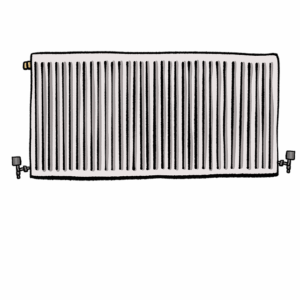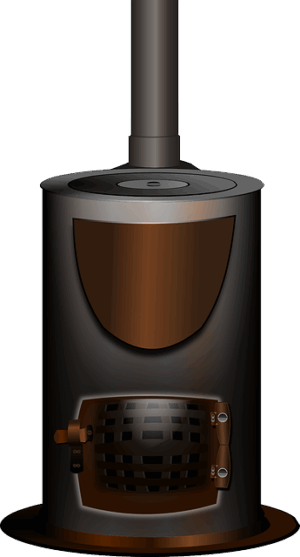Destratification fans are powerful tools for managing thermal stratification in tight attic and loft spaces, ensuring even temperature distribution year-round. These energy-efficient ceiling-mounted fans mix and redistribute air, enhancing HVAC efficiency by preventing hot spots in summer and cold corners in winter. Popular for residential, commercial, and industrial use, they offer significant energy savings, quiet operation, and optimized air circulation without taking up valuable floor space. Key considerations include area dimensions and strategic placement to maximize benefits, with case studies showing successful transformations in both residential and commercial settings.
In tight attic and loft spaces, effective air circulation can be a challenge. This is where low-profile destratification fans step in as essential solutions. These fans are designed to improve indoor air quality by reducing temperature stratification—a common issue in limited-access areas. Understanding the role and benefits of destratification fans is crucial for homeowners and builders looking to optimize ventilation in these spaces. This article explores how these fans overcome attic and loft challenges, delving into key features, installation tips, and real-world case studies.
- Understanding Destratification Fans: Their Role and Benefits
- Challenges of Attics and Lofts: Size, Space, and Accessibility
- Key Features of Low-Profile Destratification Fans
- Installation Considerations for Tight Spaces
- Case Studies: Successful Implementations in Attics and Lofts
Understanding Destratification Fans: Their Role and Benefits
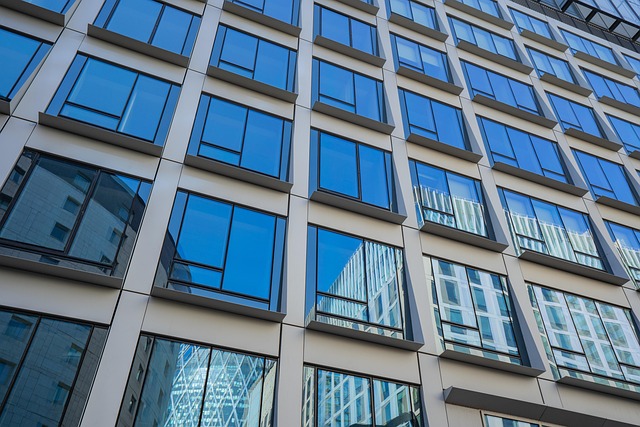
Destratification fans play a crucial role in addressing the issue of thermal stratification in tight attic and loft spaces. This process involves the separation of warm air from cool air, leading to uneven temperature distribution. By efficiently mixing and redistributing air, destratification fans help to maintain consistent temperatures throughout these areas. This is particularly beneficial for homeowners looking to avoid hot spots during warmer months and cold corners in winter.
Beyond temperature control, these fans offer significant energy savings and enhance HVAC efficiency. They do so by preventing the need for excessive heating or cooling efforts to counteract thermal stratification. The technology behind destratification fans ensures optimal air circulation without sacrificing performance, making them a popular choice for both residential and commercial applications, including industrial cooling scenarios.
Challenges of Attics and Lofts: Size, Space, and Accessibility

Attics and lofts present unique challenges for maintaining optimal environmental conditions due to their size, space constraints, and accessibility issues. These areas often suffer from poor air circulation and thermal stratification, leading to hot spots and uncomfortable living or working spaces. The limited access makes traditional HVAC systems less practical and inefficient in these tight quarters.
To overcome these hurdles, specialized destratification fans are the ideal solution. These fans, strategically ceiling-mounted, offer efficient warm air redistribution and enhanced air mixing technology. Unlike industrial cooling systems, they prioritize energy savings and temperature control without taking up valuable floor space. Destratification fans are well-suited for both residential and commercial applications, ensuring a comfortable atmosphere in even the most inaccessible attic or loft spaces.
Key Features of Low-Profile Destratification Fans

Low-profile destratification fans are designed to tackle a unique challenge—efficiently dispersing warm air in tight attic and loft spaces. These fans possess several key features that make them ideal for such confined areas. Primarily, their low-profile design allows them to be installed close to the ceiling without obstruction, promoting optimal air circulation. This feature is pivotal in breaking up thermal stratification, ensuring even temperature distribution throughout the space.
Moreover, destratification fans are equipped with advanced air mixing technology, enabling them to redistribute warm air effectively. This capability is particularly beneficial in commercial and industrial cooling applications, where maintaining a comfortable indoor temperature is paramount. By improving HVAC efficiency and reducing energy consumption, these fans offer significant advantages over traditional ceiling-mounted fans. Their compact size and efficient operation translate to enhanced comfort while promoting cost savings.
Installation Considerations for Tight Spaces
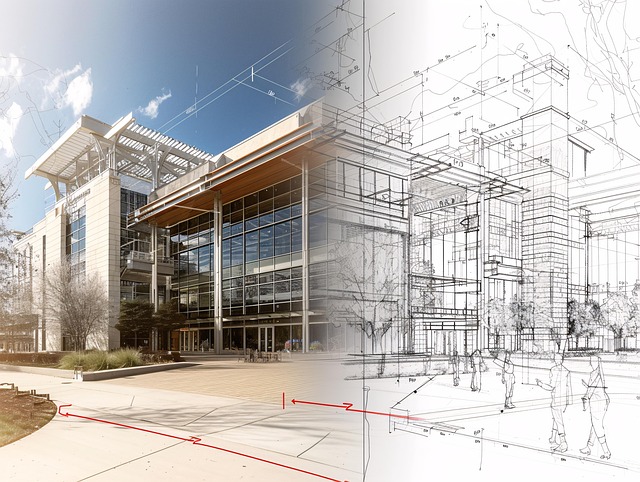
When installing low-profile destratification fans in tight attic or loft spaces, several factors must be considered to ensure optimal performance and effectiveness. First, assess the dimensions of the area to choose a fan with adequate capacity for efficient air circulation and warm air redistribution. Given the limited headroom, consider ceiling-mounted fans designed for such constraints, ensuring they won’t interfere with structural elements or other fixtures.
Additionally, thermal stratification can be a significant issue in these spaces, leading to poor HVAC efficiency and temperature control. Destratification fans employ advanced air mixing technology to combat this, promoting horizontal air circulation and eliminating cold spots. For industrial cooling or commercial applications, energy savings can be substantial when proper fan selection and strategic placement are prioritized, contributing to a more comfortable environment while enhancing operational efficiency.
Case Studies: Successful Implementations in Attics and Lofts
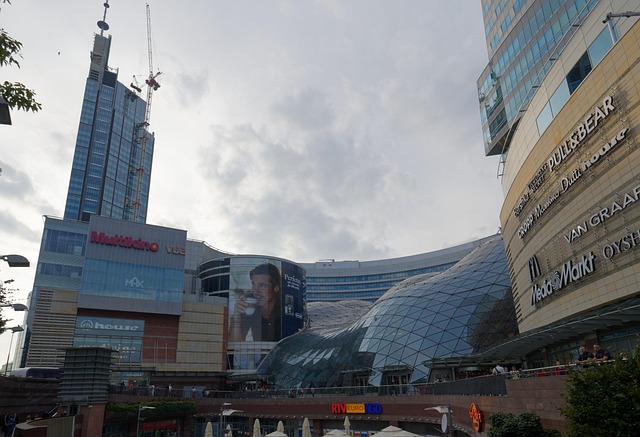
In numerous case studies, low-profile destratification fans have successfully transformed tight attic and loft spaces into more comfortable and energy-efficient environments. For instance, in a recent residential project, a family sought to alleviate the intense summer heat in their attic by installing discreet ceiling-mounted fans. The implementation involved strategically placing these fans to facilitate warm air redistribution, significantly enhancing thermal stratification and overall HVAC efficiency. As a result, the home’s occupants enjoyed improved temperature control while achieving substantial energy savings.
Another notable example highlights the benefits of destratification fans in commercial applications. A small business operating out of an open-plan loft utilized air mixing technology to combat the build-up of warm air near the ceiling during winter months. By employing these innovative fans, they achieved better air circulation and a more uniform temperature throughout the space. This successful implementation not only improved employee comfort but also underscored the fan’s potential in industrial cooling scenarios, where efficient thermal management is paramount.
Low-profile destratification fans are ideal solutions for maximizing attic and loft potential. By addressing temperature disparities and improving air circulation, these fans contribute to energy efficiency and comfort. With their sleek design and tailored features, they seamlessly integrate into compact spaces, offering a practical and discreet way to transform challenging areas into functional, livable—and cooler—environments. Through successful case studies and thoughtful installation, destratification fans prove their worth, ensuring every nook of your home or building is as comfortable as possible.









